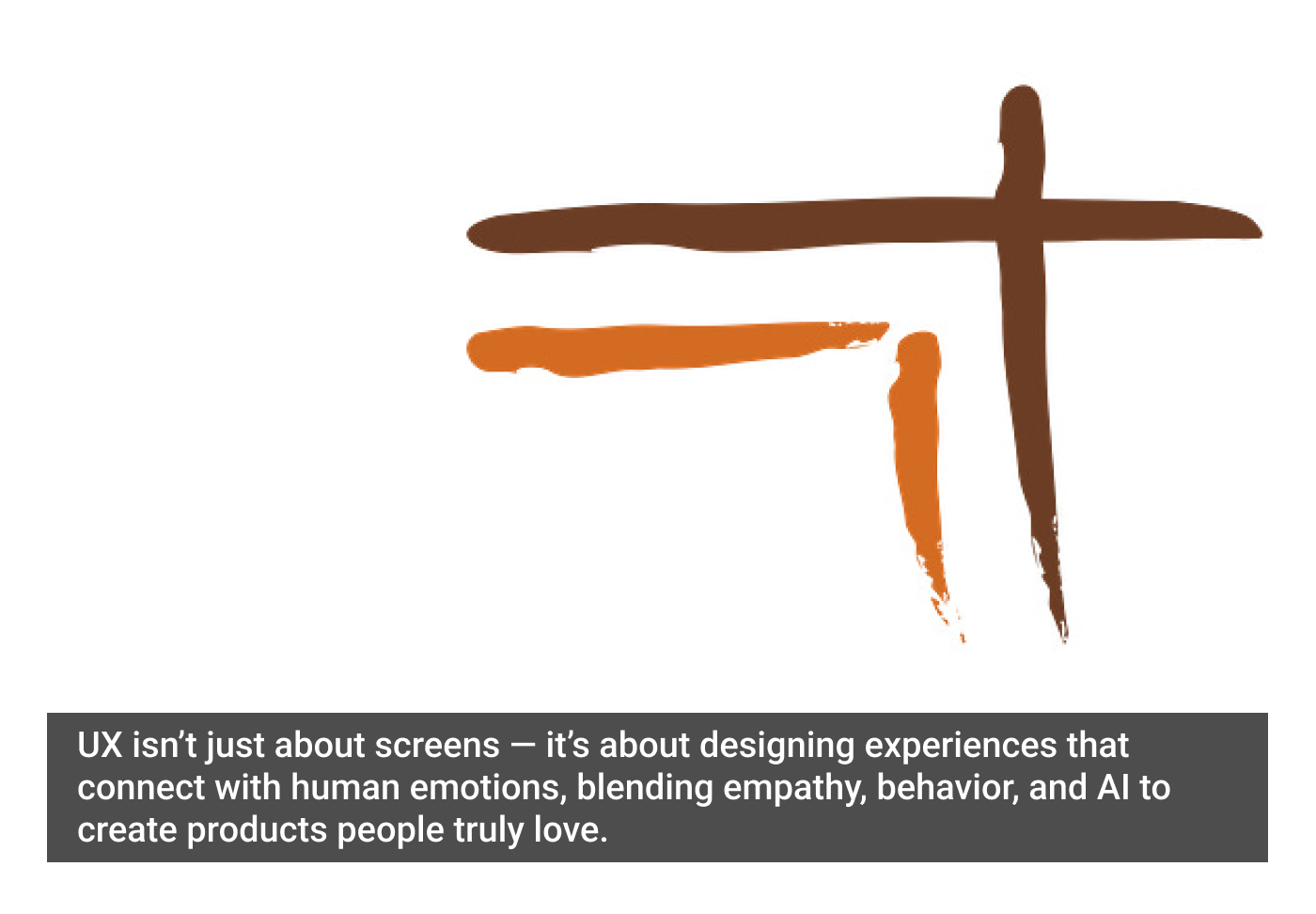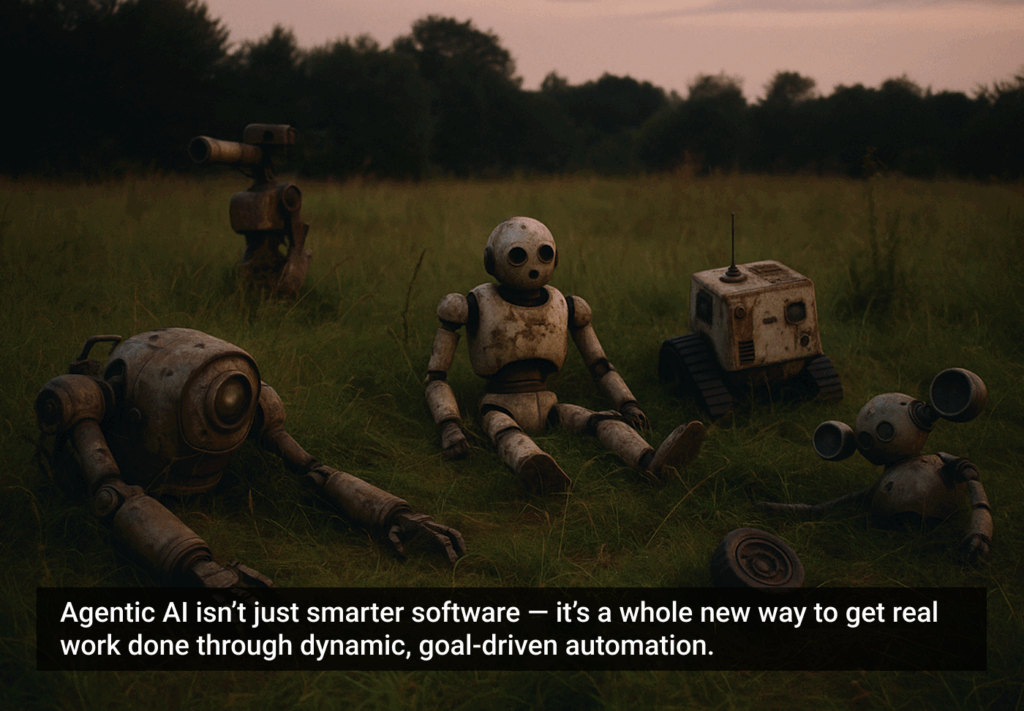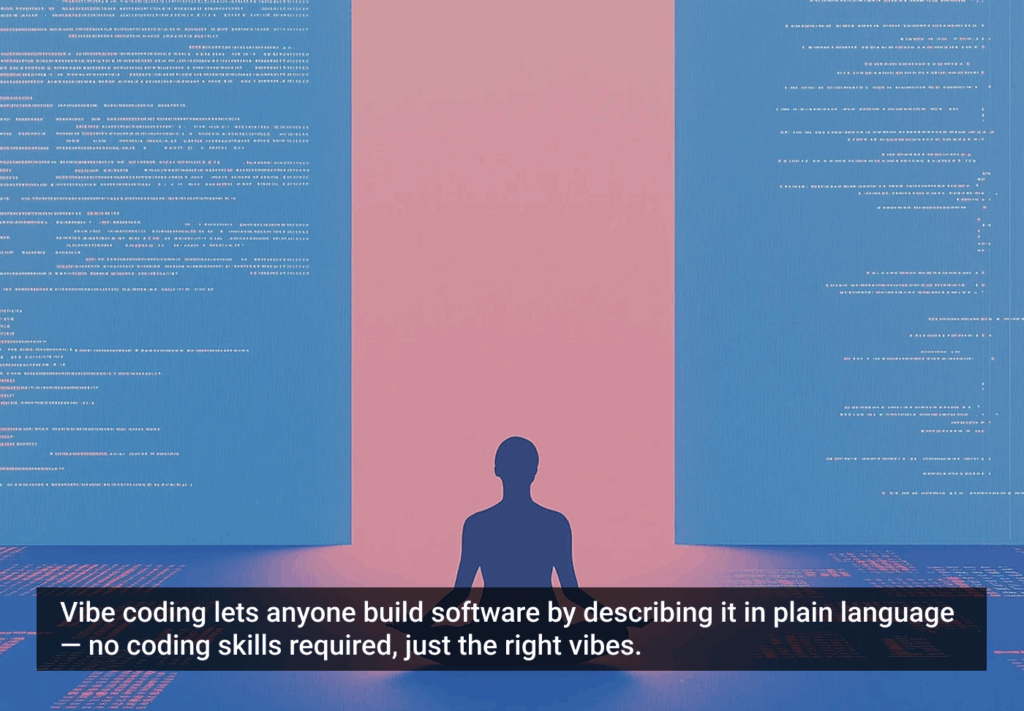This series looks at the real problems behind user experience — behavior, needs, systems, and context. Not just what’s visible, but what truly matters. And why UX is not only about digital products, but encompasses much more.
In 1997, a man walked back into a company he’d helped found twenty years earlier. The company was struggling; its products were beige boxes in a world that desperately needed something more human. That man was Steve Jobs, and what happened next would revolutionize not just technology, but our understanding of how design shapes human emotion.
When Jobs returned to Apple, he didn’t just change products — he changed how we think about the relationship between humans and technology. His approach was built on empathy, an intimate connection with the feelings of customers, focusing on understanding users’ needs better than any other company. This wasn’t about features or specifications. It was about emotions.
When Jobs returned to Apple, he didn’t just change products — he changed how we think about the relationship between humans and technology.
The hero’s journey: from function to feeling
Fifty years ago, the design world operated on a simple principle: form follows function. This utilitarian approach dominated the early 20th century, where the shape of an object should be based mainly on its function and purpose, not its aesthetics. Buildings were concrete slabs, products were purely functional, and emotions? They were considered irrelevant to business success.
Jobs’ designer Hartmut Esslinger proposed a revolutionary principle: “form follows emotion,” a play off the familiar maxim that form follows function. This shift wasn’t just philosophical — it was prophetic. Jobs understood something that most businesses are still learning today: emotions drive every decision we make.
“Design is not just what it looks and feels like. Design is how it works.” — Steve Jobs
The transformation wasn’t immediate. When Jobs was forced out of Apple in 1985, his passion for design was seen as excessive, contributing to costs and delays. But during his time away, something remarkable happened.
Jobs matured emotionally, developing the skills and discipline needed to lead Apple’s resurrection. When he returned, he brought with him a deeper understanding of how emotional intelligence could transform not just products, but entire experiences.
The science behind the magic
What Jobs intuitively understood, science has now validated. Emotions play a fundamental role in human decision-making, affecting cognitive processes, memory, and the overall evaluation of experiences. This isn’t just theory — it’s measurable reality.
What Jobs intuitively understood, science has now validated.
In the early 1990s, Japanese researchers studied different layouts of ATM controls, discovering that aesthetics directly affected “perceived usability.”
All ATMs were functionally identical, but those with more attractive interfaces or products were perceived as easier to use. The implications were staggering: beautiful design doesn’t just look better — it actually works better in users’ minds.
Research in emotional design has identified three critical levels of human response:
- Visceral Level: Our immediate, instinctive reaction to how something looks and feels. The visceral level is about immediate reactions to how something looks and feels. Think of the first time you held an iPhone, feeling its weight and smooth surface.
- Behavioral Level: How the product functions and performs during use. This involves functionality and usability — whether the design helps users achieve their goals efficiently.
- Reflective Level: The meaning and personal significance we attach to our experience. This level deals with the conscious thought processes and the personal satisfaction derived from owning or using a product.
When we cater to the user’s emotional journey, we’re not just designing interfaces or products but memorable experiences.
The present challenge: beyond screens and clicks
Today’s reality presents a troubling paradox. We have more sophisticated design tools and research methods than ever before, yet many digital experiences still feel cold and transactional.
Products that people love are products that people use over and over again. Products that they dislike, on the other hand, quickly slip from the user’s mind.
Consider your last banking app interaction. Did it simply “work” or did it make you feel confident, secure, and valued?
The difference between these experiences isn’t technical — it’s emotional. When users feel an emotional connection, they are more likely to have a positive experience and develop loyalty to the brand or product.
Brand loyalty isn’t built on features — it’s built on feelings.
A banking service that feels trustworthy and responsive doesn’t just retain customers; it transforms them into advocates. Conversely, a frustrating interface doesn’t just lose users — it actively damages the brand’s reputation.
The challenge extends beyond individual touchpoints.
Emotional design goes beyond functionality and appearance, aiming to evoke emotional responses from users and establish deep connections.
Every color choice, every micro-interaction, every piece of copy contributes to an emotional ecosystem that either supports or undermines the user’s relationship with the product.
The AI revolution: emotion at scale
As we look toward the future, artificial intelligence is opening unprecedented possibilities for emotional design. AI’s ability to learn over time lets platforms track and store user data — behaviors, preferences, and previous interactions — then build an emotional profile for the user.
Imagine a fitness app that recognizes when you’re losing motivation and responds not with generic encouragement, but with personalized support tailored to your specific emotional state. Machine-learning models make it possible for products to predict users’ needs based on these profiles and thereby support personalized user experiences.
AI doesn’t replace human empathy — it amplifies it. AI reads user emotions through facial recognition, voice tone, or biometrics to adjust the experience accordingly, creating dynamic content customization and adaptive user journeys. This technology enables what researchers call “hyper-personalization” — experiences that adapt in real-time to not just what users do, but how they feel.
AI doesn’t replace human empathy — it amplifies it.
However, this power comes with profound responsibility. While we can train AI to understand human emotions, AI often lacks the depth to fully replicate human empathy.
The roles of UX designers and content strategists remain pivotal. The key is to make human-AI handoffs seamless, creating systems that are efficient when possible and sensitive when necessary.
The path forward: designing for tomorrow’s emotions
The future of UX lies not in choosing between technology and humanity, but in creating synergy between artificial and emotional intelligence. By 2030, UX professionals leveraging AI will unlock immediate gains in productivity, creativity, and value creation while keeping pace with rapid industry change.
The future of UX lies not in choosing between technology and humanity, but in creating synergy between artificial and emotional intelligence.
This transformation requires a fundamental shift in how we approach design:
- From Reactive to Predictive: AI allows UX designers to move beyond guesswork and gut instinct, delivering solutions deeply informed by user behavior and predictive analytics.
- From Generic to Personal: AI enables tailored experiences that resonate with specific users, leading to greater customer satisfaction through bespoke content and custom interfaces.
- From Static to Adaptive: Instead of static pathways, AI-driven UX adjusts in response to user actions, providing fluid, evolving experiences.
The companies that will thrive are those that understand a simple truth: technology without empathy is just sophisticated machinery.
While AI excels at data analysis and pattern recognition, it still struggles to fully understand human emotions and cultural nuances. The human touch remains crucial in creating meaningful user experiences.
The bottom line
Steve Jobs’ revolutionary insight — that emotion drives connection, and connection drives success — has become the foundation of modern experience design.
Jobs recognized the power of storytelling in connecting with customers emotionally, helping Apple become one of history’s most successful and influential companies.
As we stand at the threshold of an AI-powered future, the challenge isn’t technical — it’s deeply human. How do we use artificial intelligence to create more authentic human connections? How do we design systems that don’t just respond to what users do, but understand how they feel?
As we stand at the threshold of an AI-powered future, the challenge isn’t technical — it’s deeply human.
The answer lies in remembering that behind every click, swipe, and interaction is a person seeking not just functionality, but understanding. In a world of infinite digital possibilities, the most powerful technology will always be the one that makes us feel most human.
The future of UX isn’t about creating smarter machines — it’s about creating more empathetic experiences. And in that future, emotion isn’t just important — it’s everything.
The article originally appeared on LinkedIn.
Featured image courtesy: Krystian M. Frahn.








